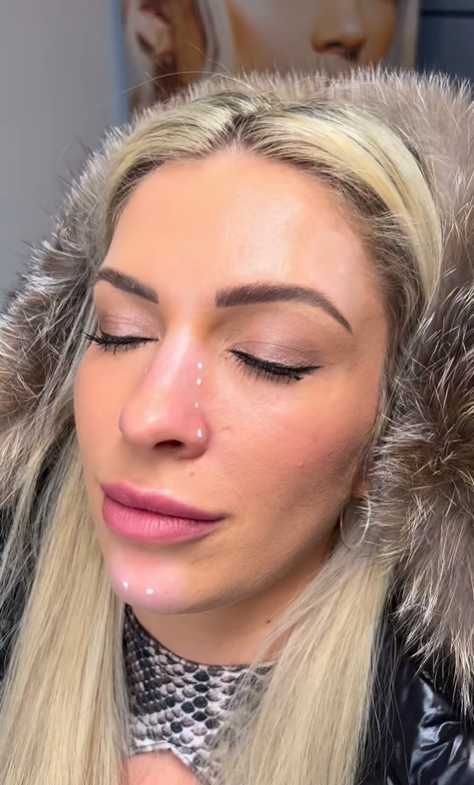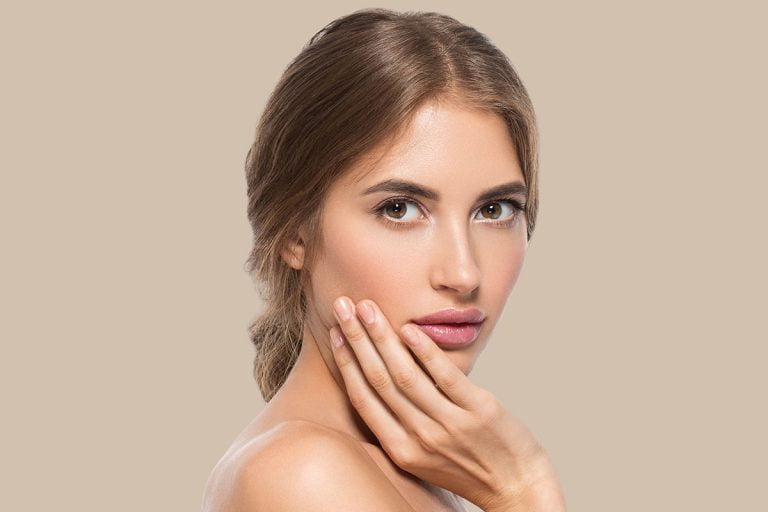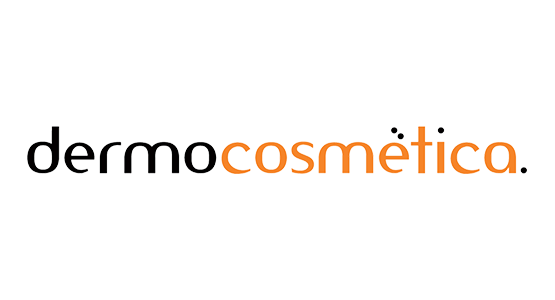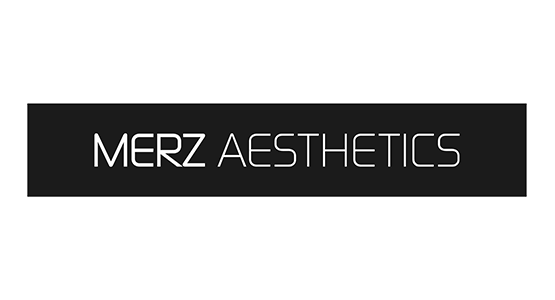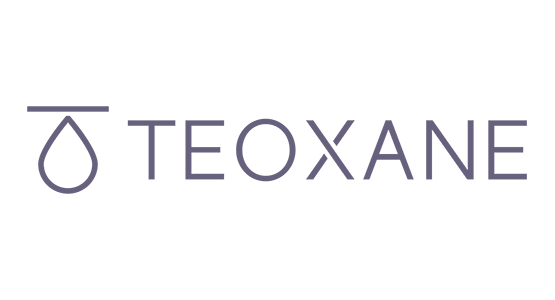Wrinkle Reduction Treatments at Hamilton Skin Clinic











Treatment stats
Treatment Time
depending on the number of areas being treated
Recover Time
Results Last
Wrinkle reduction procedure could last from 3 to 4 months
Refresh. Rejuvenate. Restore.
Fine lines and wrinkles, sadly, are what make our faces look old and tired. This is primarily due to repetitive muscle facial expressions, aging and sun exposure. Wrinkle Reduction procedure are one of the most popular cosmetic treatments for their quick and painless ability to relax targeted muscle groups to minimise these signs of aging.
Hamilton Skin Clinic is a skin clinic administered by a qualified cosmetic specialist medical team. We offer the latest in cosmetic wrinkle reduction procedures in Hamilton, utilising only the best brands in the industry.
What Are Wrinkle Reduction Treatments?
Neuromodulators or neurotoxins – the substance used in wrinkle reduction procedures – are most well-known for “freezing” wrinkles and lines. They are best used for temporary treatment to smooth wrinkles that form as a result of facial movements like frowning, squinting, and smiling.
Wrinkle reduction procedures work by blocking the release of acetylcholine, a chemical that signals muscles to move. They temporarily paralyse those specific muscles that contract, creating common frown lines, crow’s feet, and horizontal lines.
While there is no real downtime associated with this treatment, the team at Hamilton Skin Clinic feel it is important to note that you may encounter some slight bruising and swelling directly after treatment on occassions. This can easily be masked by make-up.
There are no long-term side effects of having wrinkle procedures, meaning patients can resume their usual activities straight away, and can also fly post-treatment.
The results can last between four to six months depending on your metabolism speed, lifestyle and many other factors. Expect to see the fantastic results within two to three days following just one treatment, but really kicking in by the second week post-treatment.
Are Wrinkle Reduction Relaxants Or Volumisers Right For Me?
The simple rule? Lines of expression need wrinkle reduction procedures. Lines at rest need volumiser. While wrinkle reduction procedures are a great choice for hitting those “crease points” where muscles contract, volumisers are best for deep lines that are present even when facial muscles are not contracting.
Hamilton Skin Clinic’s Wrinkle Reduction Procedures can product long-term results with benefits including:
- Reducing wrinkles, creating a younger-looking appearance
- Non-surgical treatment with little to no downtime
- Smoothes skin texture
- Effective in treating excessive sweating and migraines
Treatment Must-Knows & Instructions
How Do I Prepare For Wrinkle Reduction Treatments ?
72 Hours Before Treatment
AVOID the use of Ibuprofen, Asprin, Aleve, Fish Oils and Vitamin E Supplements – this helps to prevent bruising
AVOID the use of topical products containing Tretinoin, Retin-A, Retinol, Retinoids, Glycolic Acids, Alpha Hydroxy-Acid or other “Anti-Aging” product
24 Hours Before Treatment
Day of Treatment
Arrive 5 – 10 minutes before your scheduled appointment with a clean face – please do not wear makeup

What to Expect with The Treatment?
- Use a cold compress to reduce swelling or bleeding, if necessary. Ice and over-the-counter medication can be used to reduce any minor side effects. If you do experience these effects, they are easily concealable with makeup.
- AVOID makeup or product application for 24 hours after treatment to help prevent infection
- AVOID exposure to intense heat (sun lamp or sunbathing) and/or intense cold for 24 hours after your wrinkle reduction treatment
- AVOID the use of Ibuprofen, Asprin, Fish Oils and Vitamin E Supplements for 24 hours after your treatment
- AVOID rubbing for your face and any strenuous activities for up to 72-hours post-treatment
Treatment frequency
- Most patients require treatments 3 to 4 times a year for optimal results.
- After several maintenance treatments, your facial muscles being treated begin to respond much quicker and remain trained, thus requiring less frequent treatments.







